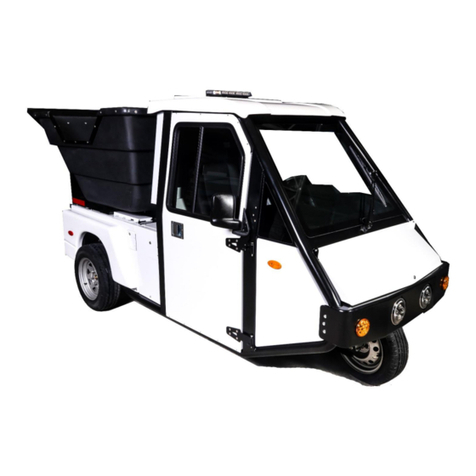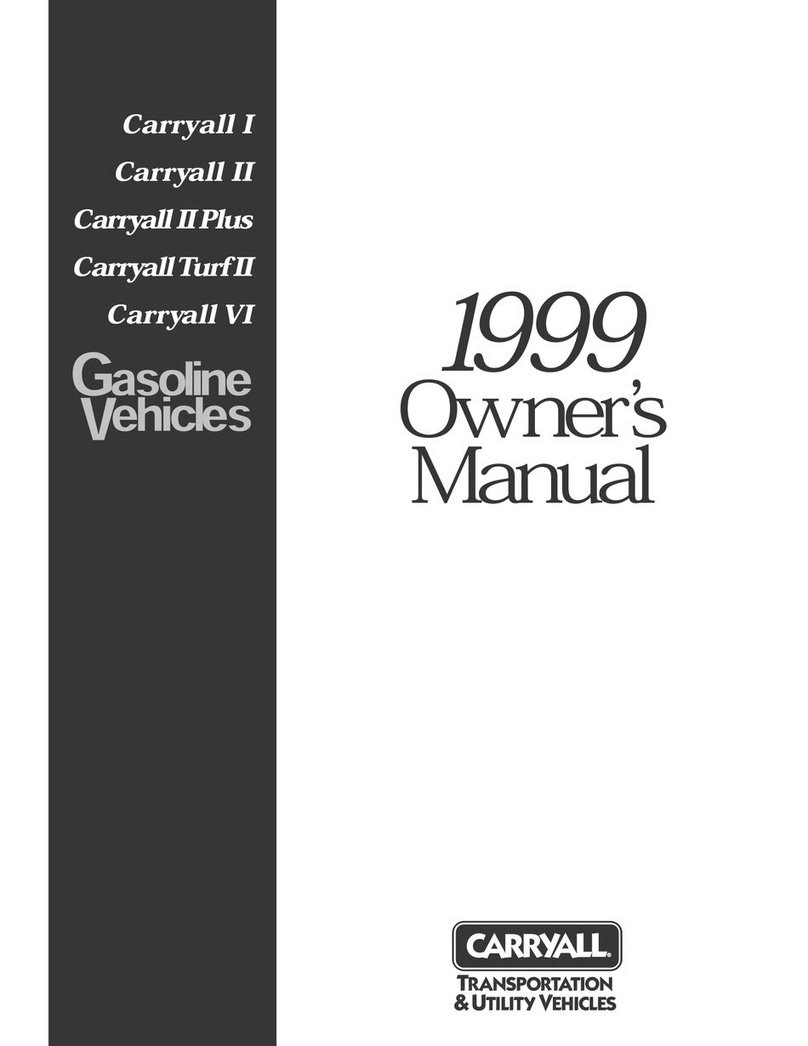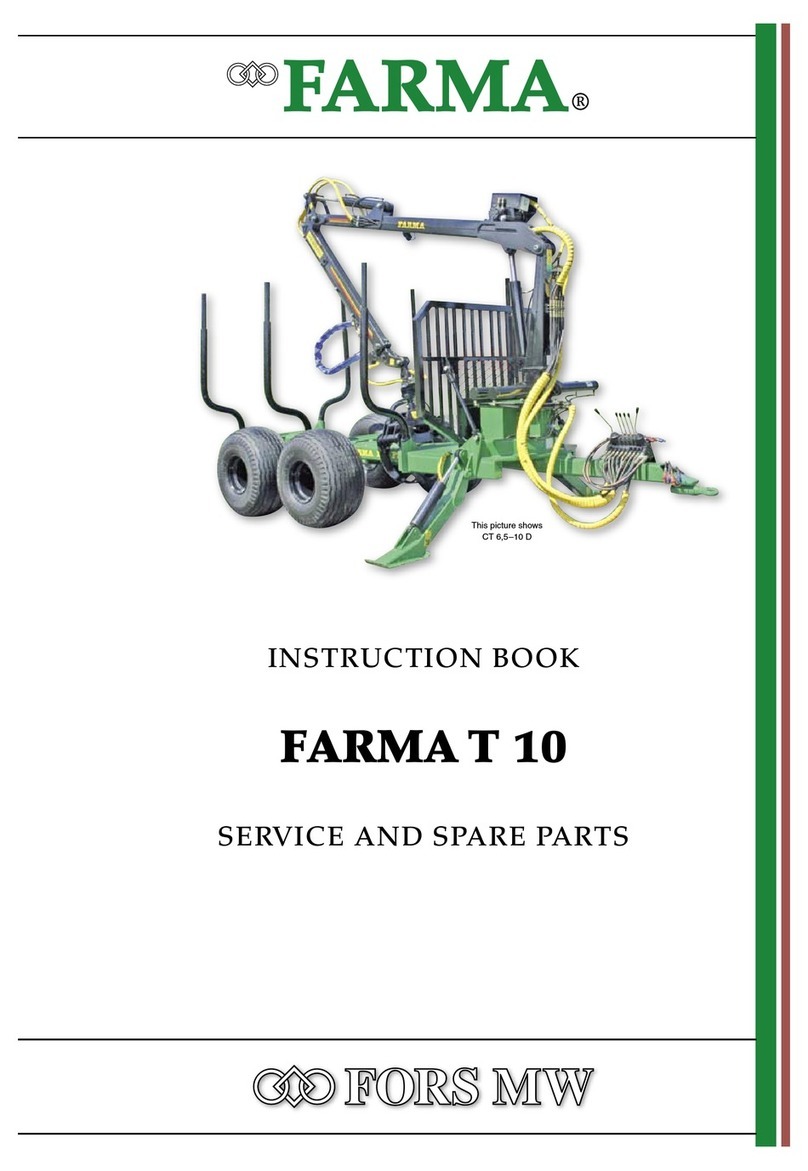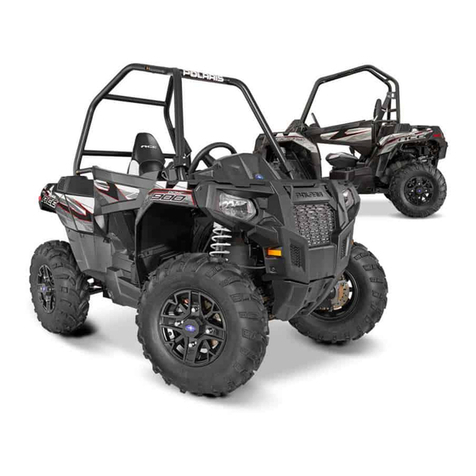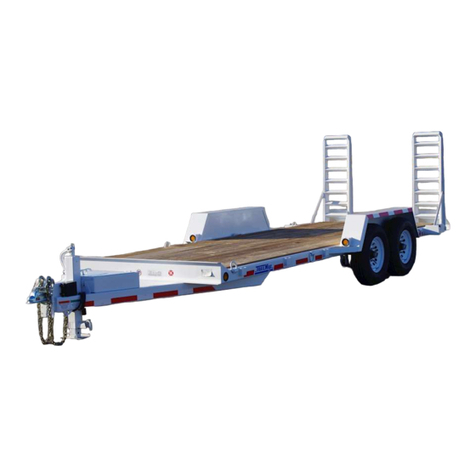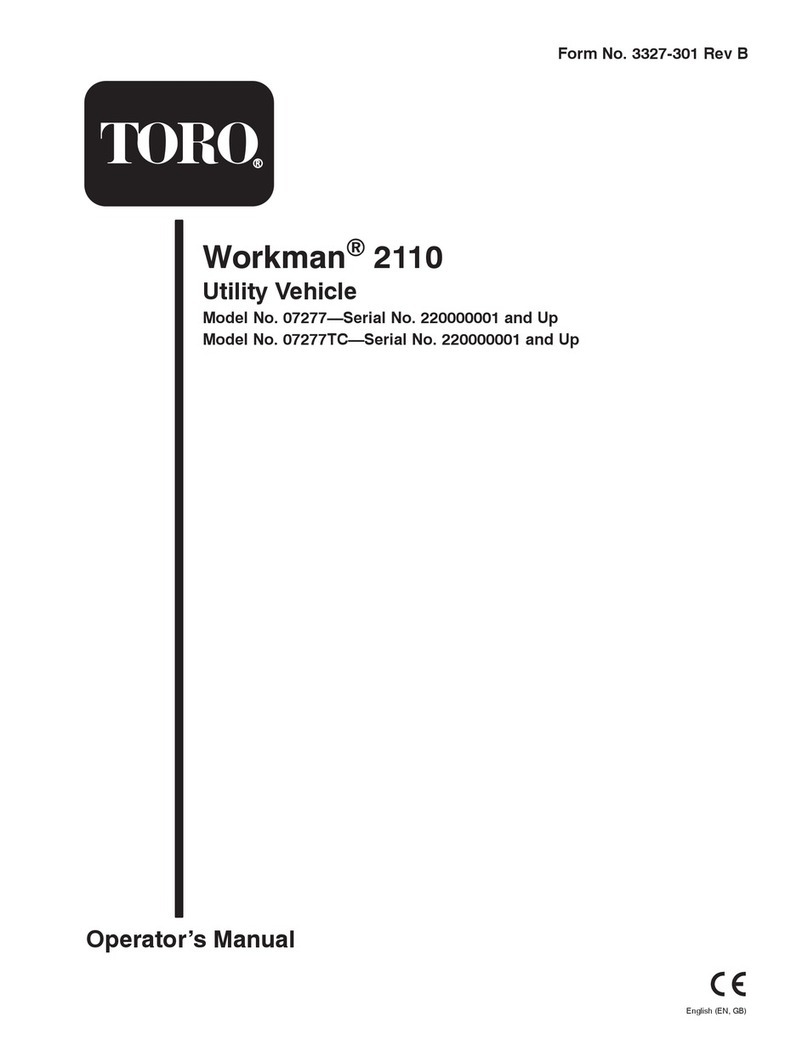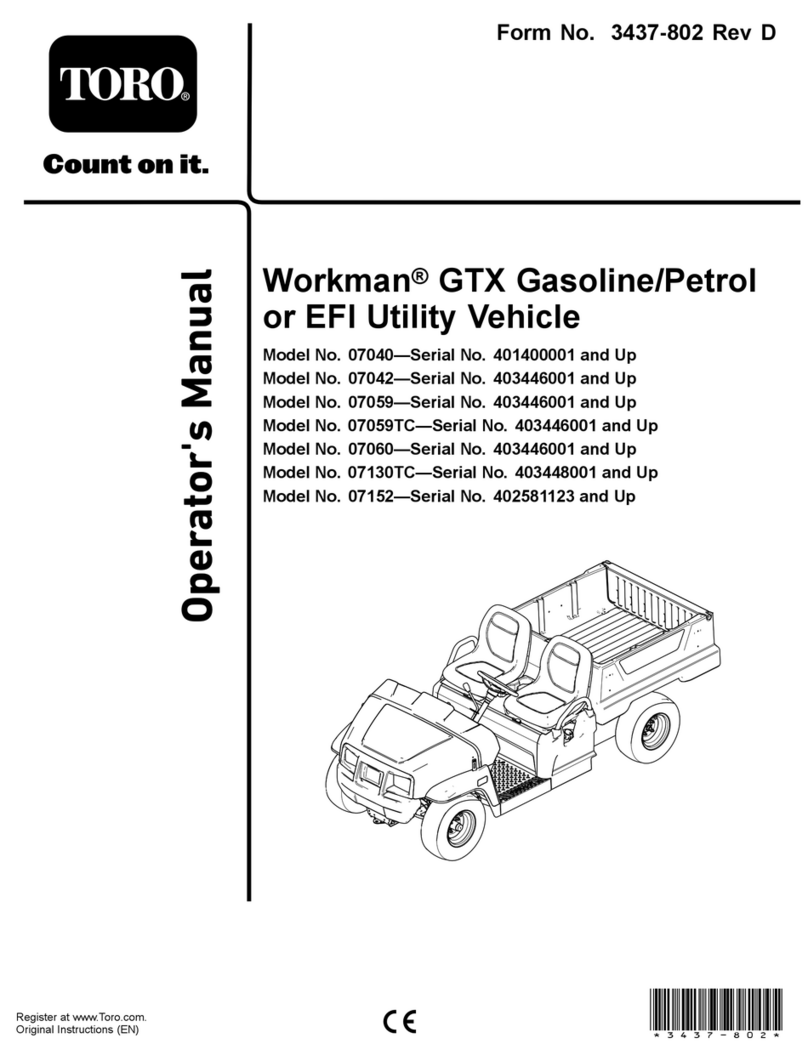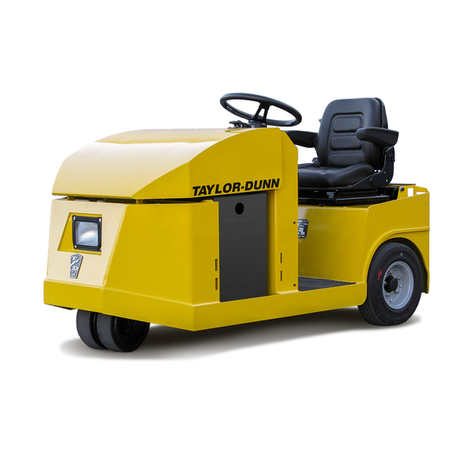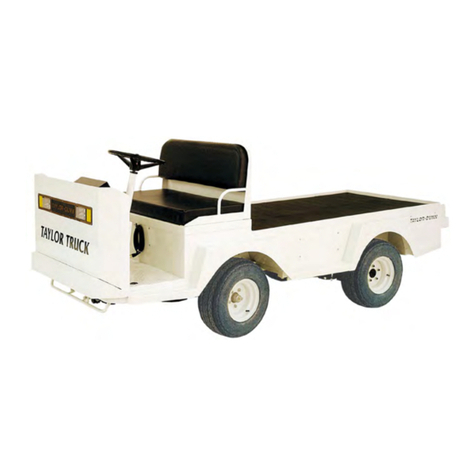
4.4 Operating the boom.......................................................................................................................25
4.5 Attaching an interchangeable accessory.......................................................................................25
Release the pressure in the hydraulic system for the auxiliary functions......................................26
Attaching....................................................................................................................................... 26
4.6 Detaching an interchangeable accessory..................................................................................... 26
4.7 Refueling....................................................................................................................................... 27
4.8 Engaging and disengaging the differential.................................................................................... 28
4.9 Positioning counterweights............................................................................................................28
Positioning the first counterweight................................................................................................ 28
Positioning the second and third counterweight............................................................................29
4.10 Mounting and removing the jib lock...............................................................................................29
Mounting....................................................................................................................................... 29
Removal........................................................................................................................................ 30
4.11 Preheating.....................................................................................................................................30
Charging........................................................................................................................................30
4.12 Transport and storage...................................................................................................................30
4.12.1 Transport: safety instructions............................................................................................ 30
4.12.2 Driving on the means of transport..................................................................................... 31
4.12.3 Hoisting the machine.........................................................................................................31
4.12.4 Storage..............................................................................................................................31
5 Maintenance............................................................................................. 32
5.1 Daily maintenance.........................................................................................................................32
5.2 Maintenance table: maintenance with the machine switched off.................................................. 32
5.3 Maintenance table: maintenance with the machine switched on.................................................. 33
5.4 Periodic maintenance (qualified service technician)..................................................................... 33
5.5 Opening the engine compartment.................................................................................................34
Opening the engine compartment: type 1 (KM80 to KM100)........................................................34
Opening the engine compartment: type 2 (KM120)...................................................................... 35
5.6 Clean the pre-filter.........................................................................................................................35
5.7 Check the fan belt tension.............................................................................................................36
5.8 Checking the parking brake...........................................................................................................36
5.8.1 Lubricate the hinge points................................................................................................. 37
5.8.2 Procedure: lubrication via grease nipples..........................................................................37
5.8.3 Grease nipples standard versions.....................................................................................37
5.8.4 Grease nipples TE versions.............................................................................................. 38
5.9 Check/top up the engine oil level.................................................................................................. 38
5.10 Check/top up the coolant fluid level...............................................................................................39
Check............................................................................................................................................ 39
Topping up.................................................................................................................................... 39
5.11 Check and top up the hydraulic fluid level.....................................................................................40
5.12 Replace the air filter...................................................................................................................... 40
Remove the cover......................................................................................................................... 40
Replace the filter........................................................................................................................... 41
Contents
6- -


